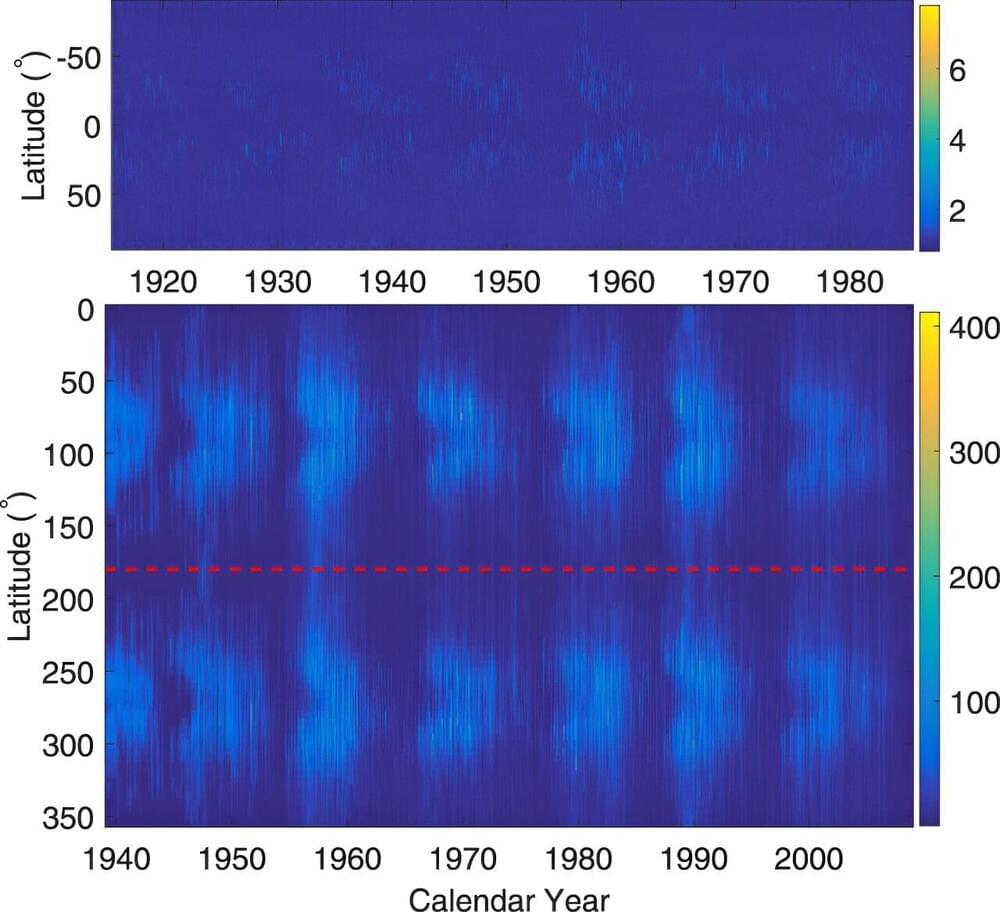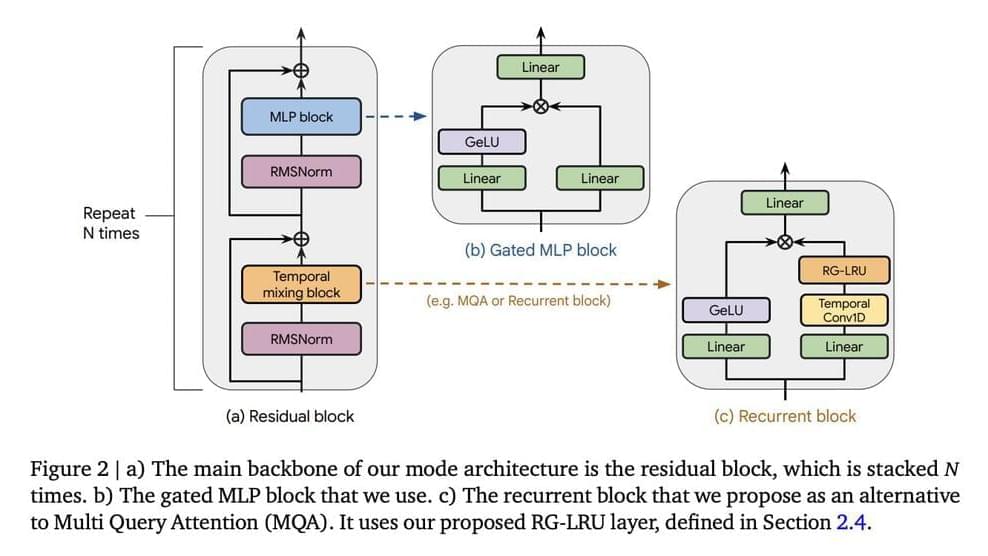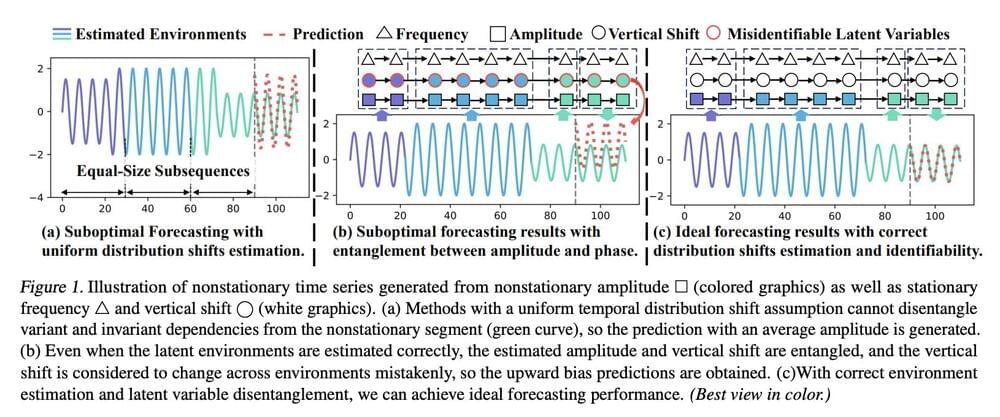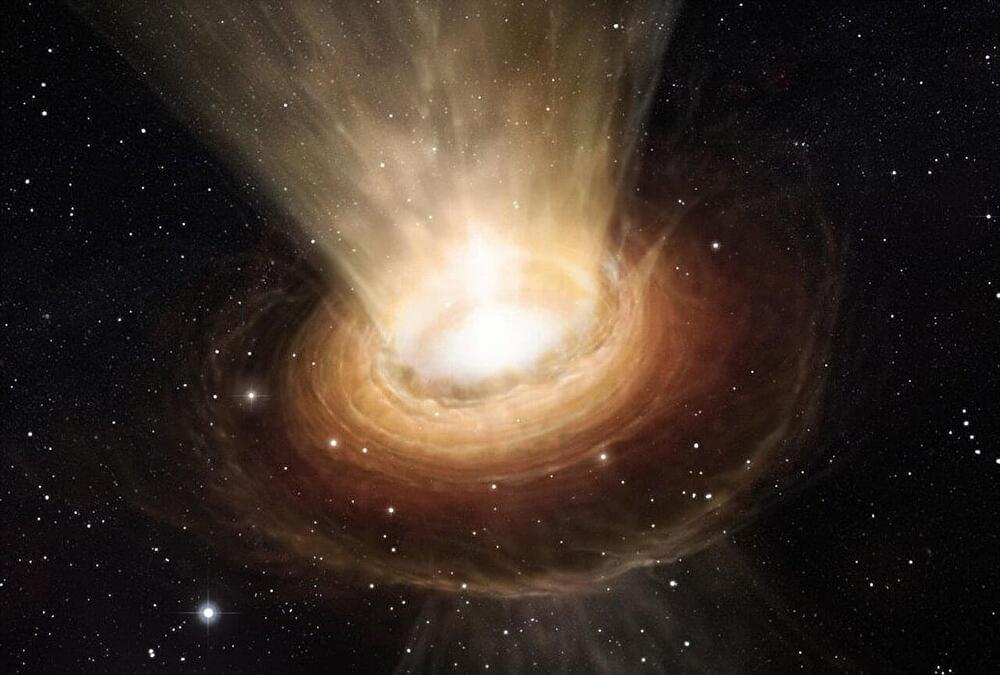Mar 9, 2024
Researchers reveal anomalous heating in the sun’s upper atmosphere
Posted by Dan Breeden in categories: physics, satellites
In a study published in The Astrophysical Journal, researchers from the Yunnan Observatories of the Chinese Academy of Sciences depicted a complete physical image of the anomalous heating in the upper atmosphere of the sun (the solar corona and the solar chromosphere).
The enigma of the corona’s anomalous heating stands as one of the eight challenges in modern astronomy. Similarly, the anomalous heating of the chromosphere continues to baffle solar physicists.
Observations gleaned from large telescopes and satellites have revealed potential magnetic activities that could be the cause of this heating. Theoretical research has proposed various heating modes, yet none have been definitively proven to be the cause. As it stands, our understanding of how the sun’s upper atmosphere is heated remains incomplete.


















